Introduction
By working with international partners with local networks, the EU seeks to tackle the root causes of violent extremism to prevent extremist views from progressing to violence.
Shaken by a surge of terrorist attacks in countries across the EU, Europe has been confronting the consequences of violent extremism (VE) within its own borders in recent years. Yet VE is an urgent challenge facing societies not only in Europe, but all over the globe. Indeed, it is often those regions already struggling with political instability and economic inequality that bear the brunt of extremist ideologies and the violence they can unleash.
By working with international partners with local networks, the EU seeks to tackle the root causes of VE across regions, aiming to prevent extremist views from progressing to violence. On the one hand, this is a matter of protecting European citizens: in a globalised and connected world, it is impossible to stop dynamics unfolding on one continent from spilling over into the next. On the other, tackling VE outside of Europe is an important part of the EU’s commitment to development, as security is understood as an essential precondition for prosperity. This is not only a European but a global objective, as reflected in the UN Sustainable Development Goal (SDG) 16 relating to ‘Peace, justice and strong institutions’.
What is violent extremism – and what is P/CVE?
What exactly is violent extremism? Understandings and perspectives on it can vary around the world and neither the European Union nor the United Nations have settled on an official definition. The OSCE provides a comprehensive description though, stating that the term VE “generally refers to acts of violence that are justified by or associated with an extremist religious, social, or political ideology. The concept of violent extremism is broader and more expansive than terrorism, because it accommodates any kind of violence, as long as its motivation is deemed extremist.”1
The broad nature of VE requires a more differentiated response than security-based counterterrorism (CT) measures. While CT focuses on intercepting and pursuing those already engaged in terrorist activities, efforts to prevent and counter VE aim to take action before an individual is driven to take part in terrorist activity in the first place. This can involve interventions to prevent the radicalisation process, action to tackle structural economic or social challenges that can fuel grievances, or assistance to communities seeking to resist extremism and address its underlying drivers. Preventing and countering VE – or P/CVE – can therefore be described as “a broad umbrella term that covers activities implemented by governmental and non-governmental actors seeking to prevent or mitigate violent extremism through non-coercive measures that are united by the objective of addressing the drivers of violent extremism.”2
- Organisation for Security and Cooperation in Europe, A Whole-of-Society Approach to Preventing and Countering Violent Extremism and Radicalization that Lead to Terrorism (2020), p. 19.
- Ibid, p. 21.
The root causes
of violent extremism
There is no single cause or pathway into radicalisation and violent extremism. According to research, violent extremism can be best conceptualised as a kaleidoscope of factors, creating a multitude of individual combinations.
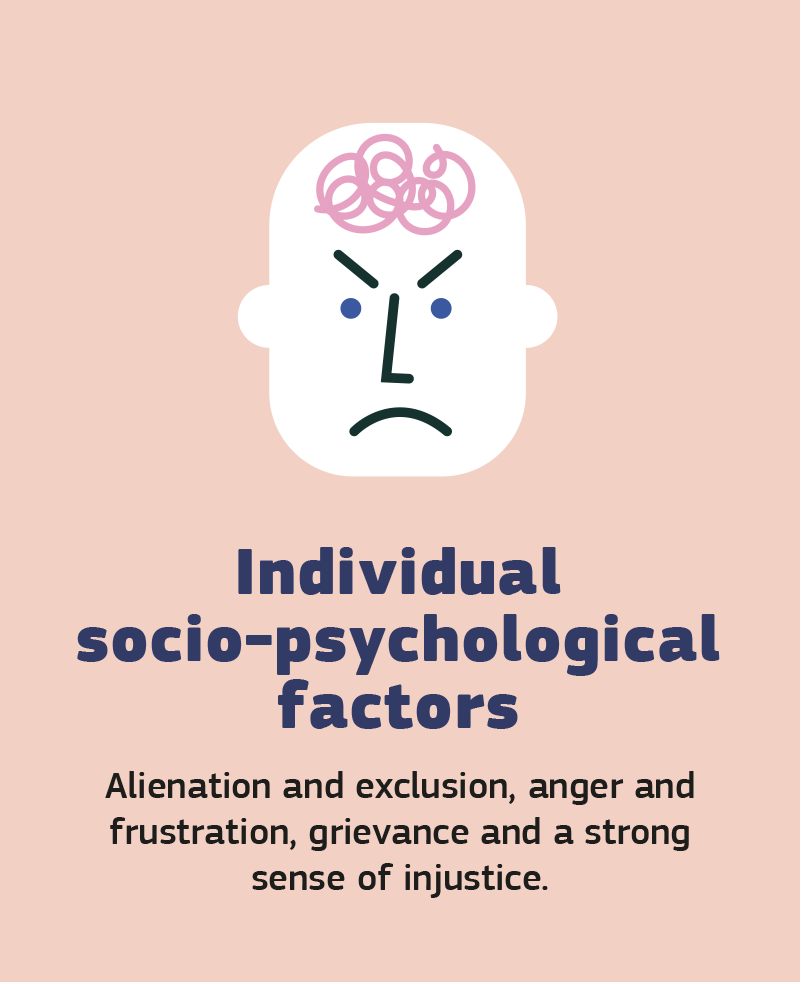
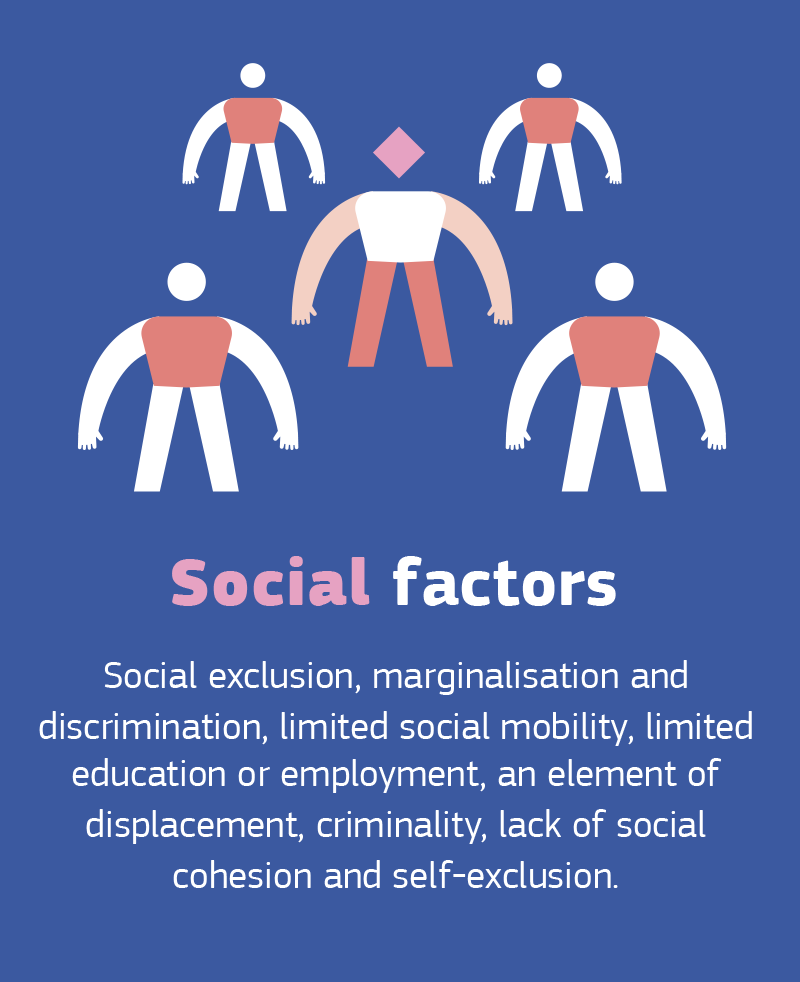
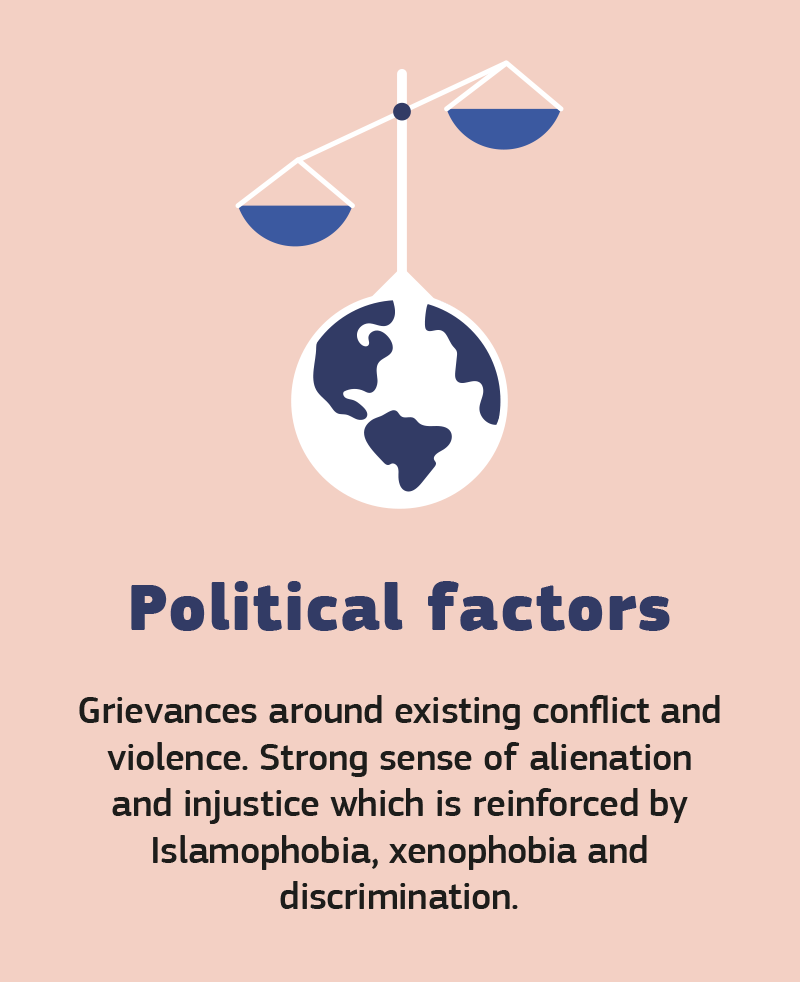

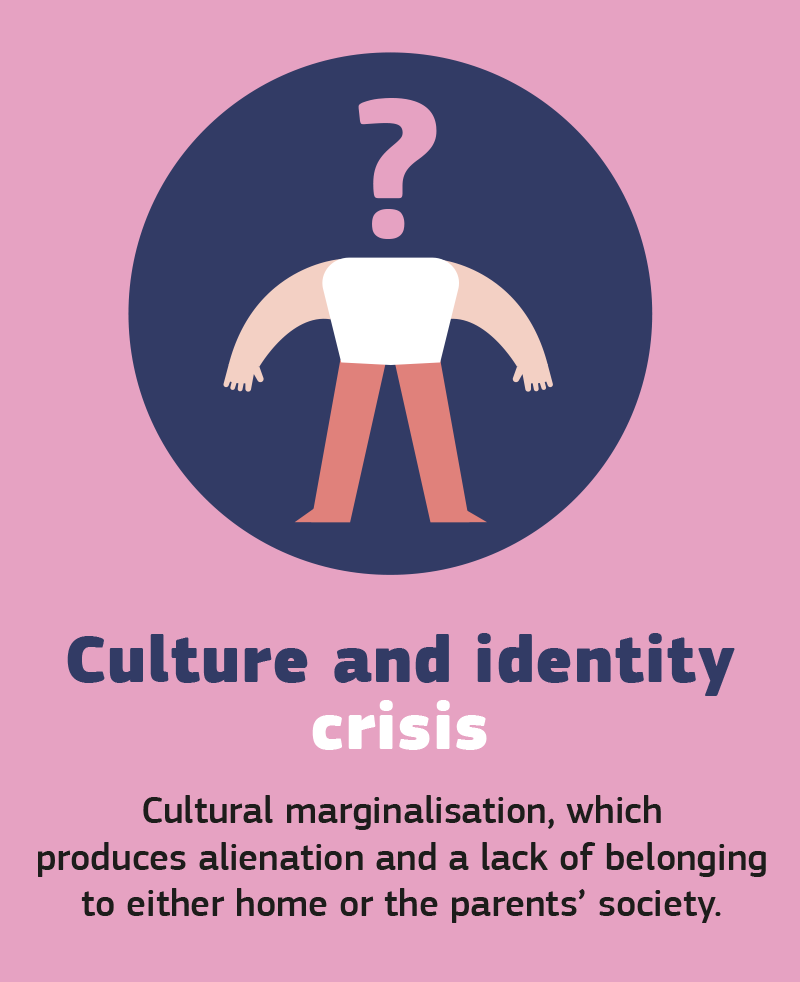
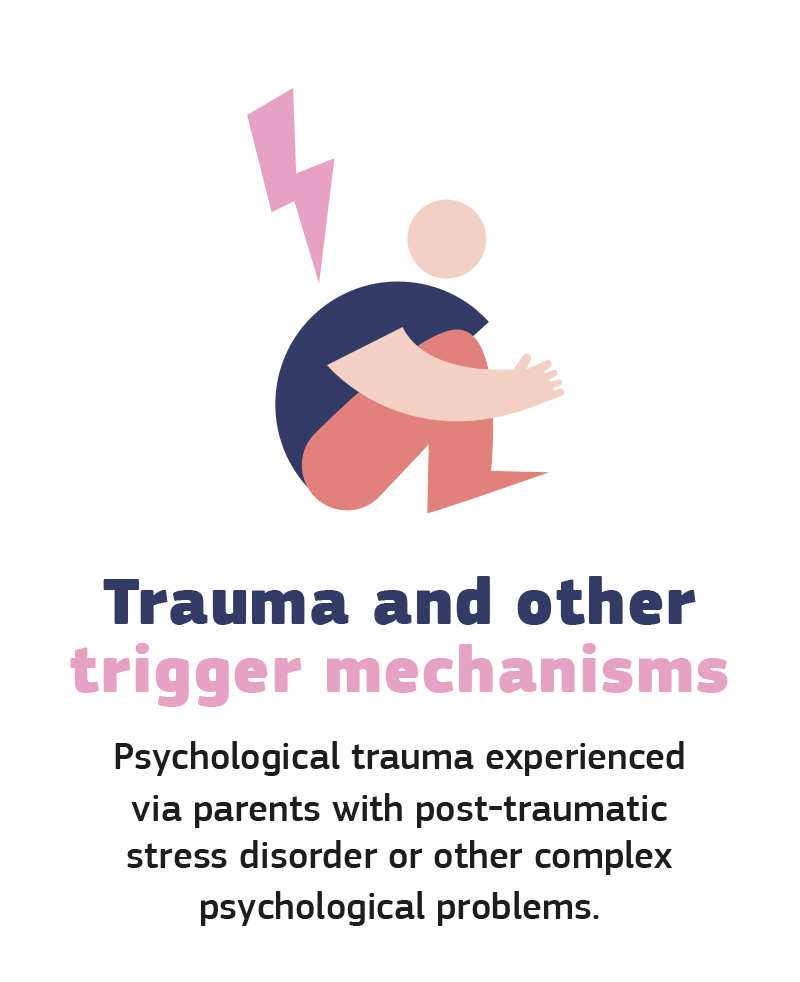
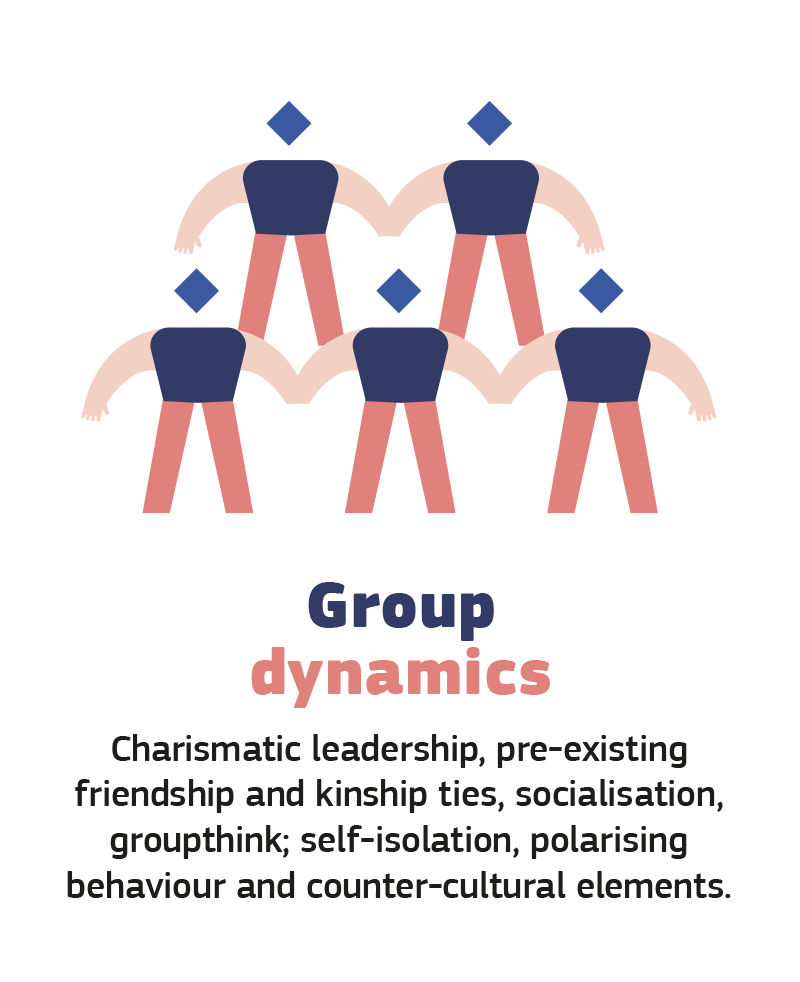
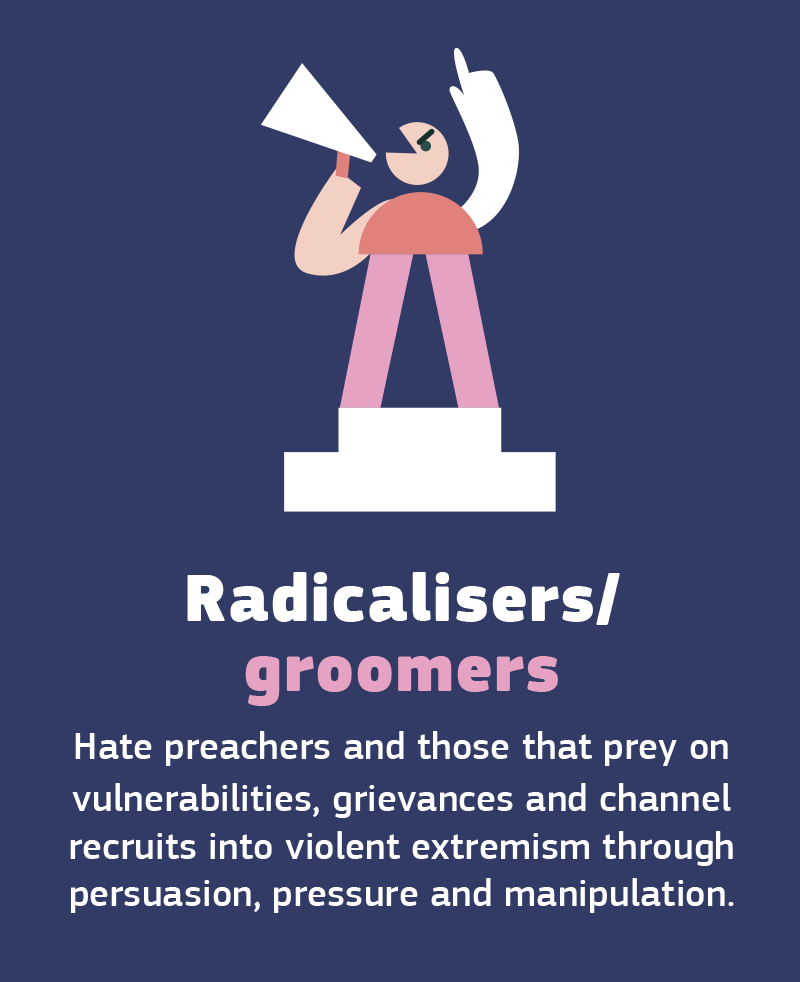

Getting to the root of the issue
3. Magnus Ranstorp and Peder Hyllengren, Förebyggande av våldsbejakande extremism I tredjeland (Swedish Defence University 2013).
PREVENTING AND COUNTERING
VIOLENT EXTREMISM
The European Commission’s P/CVE projects span eight themes:








Complex challenge – multifaceted solutions
In the face of this complex web of root causes, there is no one-size-fits-all solution. This is why the EU’s flagship P/CVE programme STRIVE (strengthening resilience against violent extremism), and other EU programmes, takes a multifaceted approach, funding projects that tackle a broad spectrum of issues across eight key areas:
Education: P/CVE educational programmes can take many forms – from teaching on the warning signs of radicalisation, to promoting values of tolerance and diversity as a bulwark against extremism.
Media capacity: By working with local journalists and media, programmes can enhance understanding of P/CVE and encourage inclusive, impartial reporting.
Empowerment of women: Engaging with women directly to raise their ability to address VE can be particularly beneficial given the central yet often complex role they can play in addressing VE.
Youth work: As young people can be particularly susceptible to VE recruiters, programmes such as mentorship and life skills training can help personal development and give a new sense of direction and self-confidence.
Socioeconomic inclusion: Programmes that seek to open up new economic prospects in disadvantaged areas can help people build the skills to determine their own future, offering new possibilities.
Governance capacity building: By providing support and training to government and other institutions, capacity building programmes can equip them with the skills, knowledge and understanding needed to engage in effective P/CVE.
Transitional justice: Supporting divided communities in remedying injustices and addressing ongoing conflicts can help ease tensions that may otherwise spill over into violence.
Intercommunal activities: Initiatives to bring different communities together, whether through interfaith dialogue or a simple sports game, can be effective in furthering understanding between groups.
The EU is committed to the principle not only of ‘do no harm’ but of ‘do maximum good’.
Across all of these activities, the EU is committed to four general principles. First, action must be evidence-based, with interventions taking their lead from the latest research in the P/CVE field. Second, each project must be tailored to the local context: every place is different, and every set of circumstances is different – meaning there can be no simple ‘cut and paste’ solutions from one context and then applied another. Third, EU projects take a ‘whole of society’ approach, working closely across the full spectrum of actors beyond traditional security and law enforcement: from public health and social service providers to parents and families, education institutions, municipal authorities and the private sector. And finally, the EU is committed to the principle not only of ‘do no harm’ but of ‘do maximum good’ with every action undertaken.
Evidence-based
The response is based on the latest objective research. Many actions help develop the knowledge base on the prevention of violent extremism.
Adapted to the local context
There are no one-size-fits-all solutions to violent extremism. All our actions are rooted in a nuanced and in-depth knowledge of the local context and its specificities.
Do No Harm and Maximise Good
Interventions are framed to ensure that they do not cause human rights violations, exacerbate divisions between communities and institutions or worsen existing grievances while still striving for impact.
A whole of society approach
Interventions involve a wide range of actors beyond traditional law enforcement and security actors, from civil society and public institutions to businesses and leading figures within local communities.
A global approach
The stories presented in this brochure provide an introduction to the EU’s work in P/CVE. The projects funded cover a wide geographic area, from Africa to the Middle East to Central and Southeast Asia. We work with a range of partners on implementation, facilitating collaboration with a strong network of local grassroots organisations that are active and well-established in the communities where they operate. This is essential to ensure funding is targeted to local people and builds on existing initiatives.
The ten stories featured in the brochure look at the human impact of EU-funded P/CVE work through three lenses, reflecting the principles outlined above:
- Developing local solutions: stories that show the importance of understanding local contexts, and of working with local actors to build P/CVE capacity and create new opportunities.
- People that make a difference: stories that look at efforts to bring people together, or to empower specific groups to strengthen resilience to VE.
- New approaches: stories that underline the value of cutting-edge, locally rooted research, of sharing knowledge across P/CVE practitioners, and of ensuring the adaptability of projects for long-term impact.
We work with a range of partners on implementation, facilitating collaboration with a strong network of local grassroots organisations
The programmes


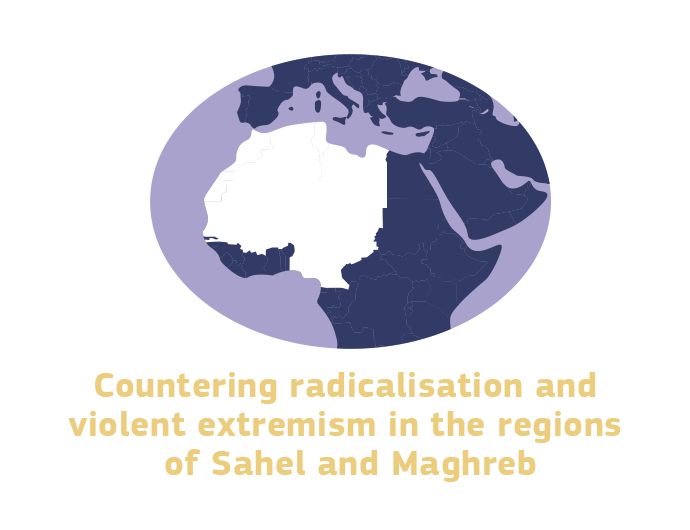
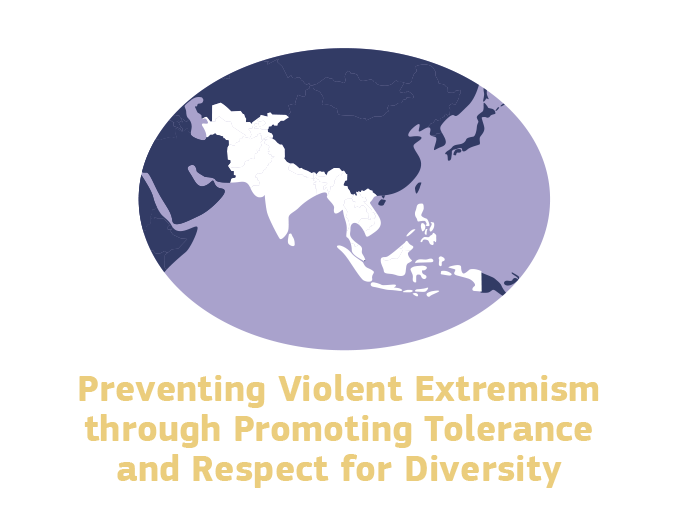
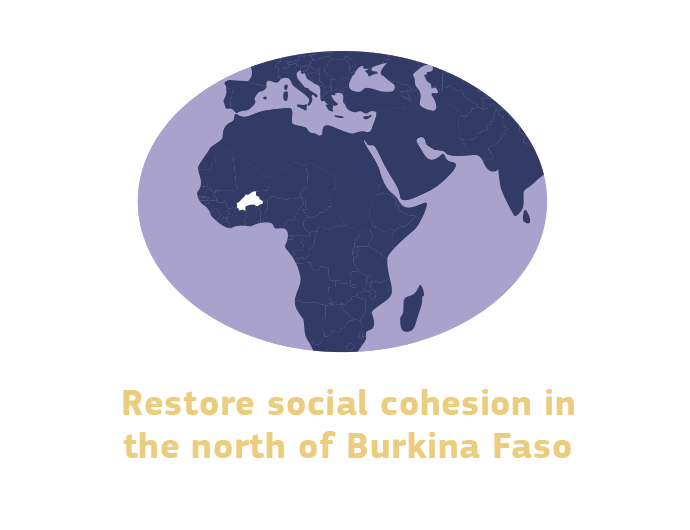
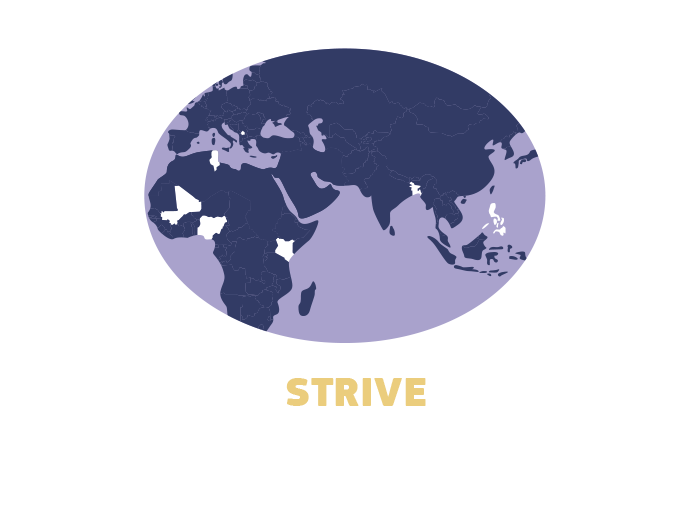
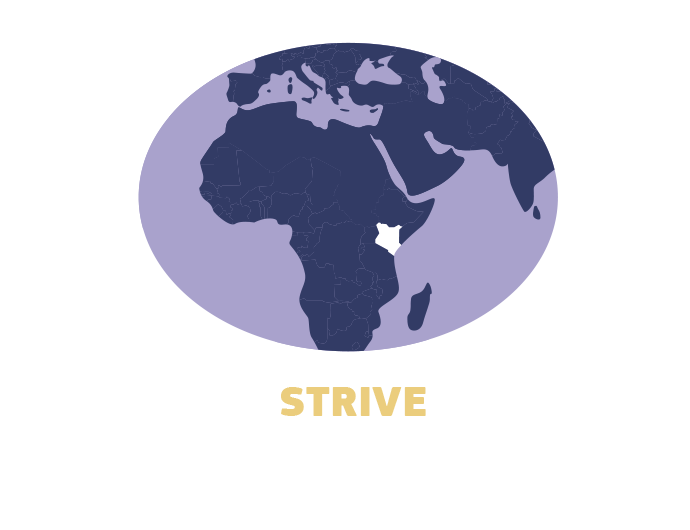
Further reading
By the European Commission
- Commission Communication – A Counter-Terrorism Agenda for the EU: Anticipate, Prevent, Protect, Respond (2020)
- Council Conclusions – Preventing and countering terrorism and violent extremism: Council adopts conclusions on EU external action (2020)
- STRIVE for Development (2019)
- Council Conclusions – Council Conclusions on EU External Action on Counter-terrorism (2017)
- A Global Strategy for the European Union’s Foreign And Security Policy (2016)
- Commission Communication – Supporting the prevention of radicalisation leading to violent extremism (2016)
- Council Conclusions – Council Conclusions on Counter-terrorism (2015)
- Commission Communication – Preventing Radicalisation to Terrorism and Violent Extremism: Strengthening the EU’s Response (2014)
- EU Counter-Terrorism Strategy – EU’s response to the terrorist threat (2005)
- EU Fight against Terrorism – EU’s response to the terrorist threat.